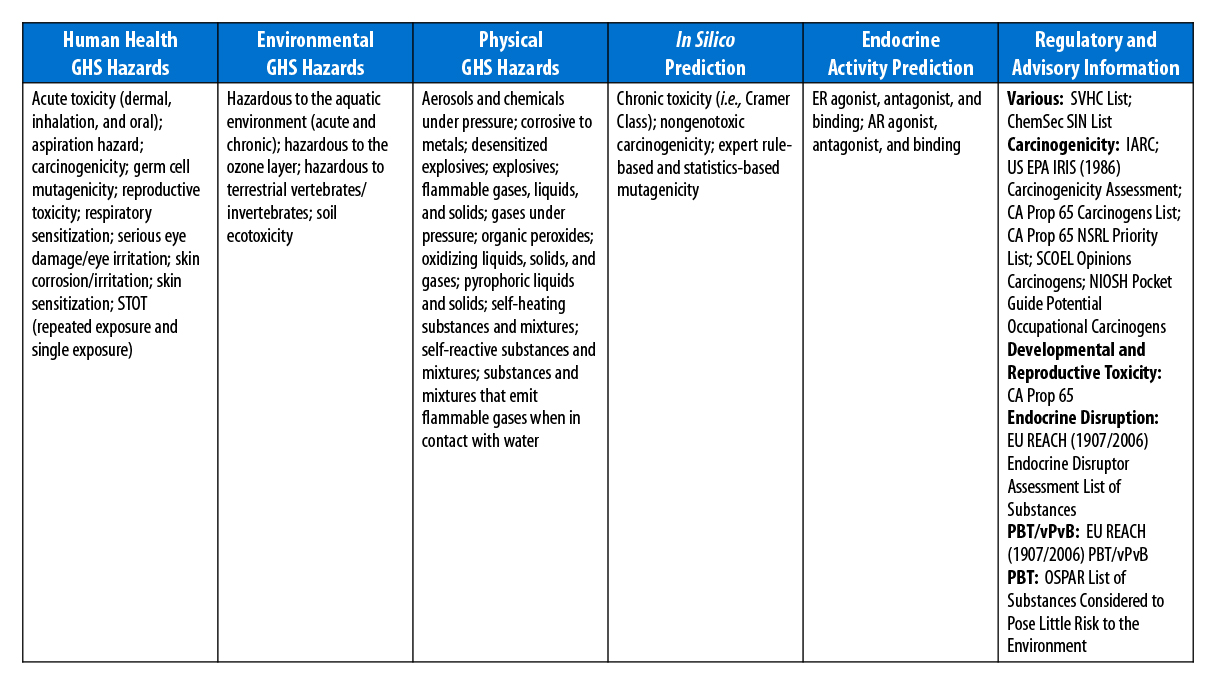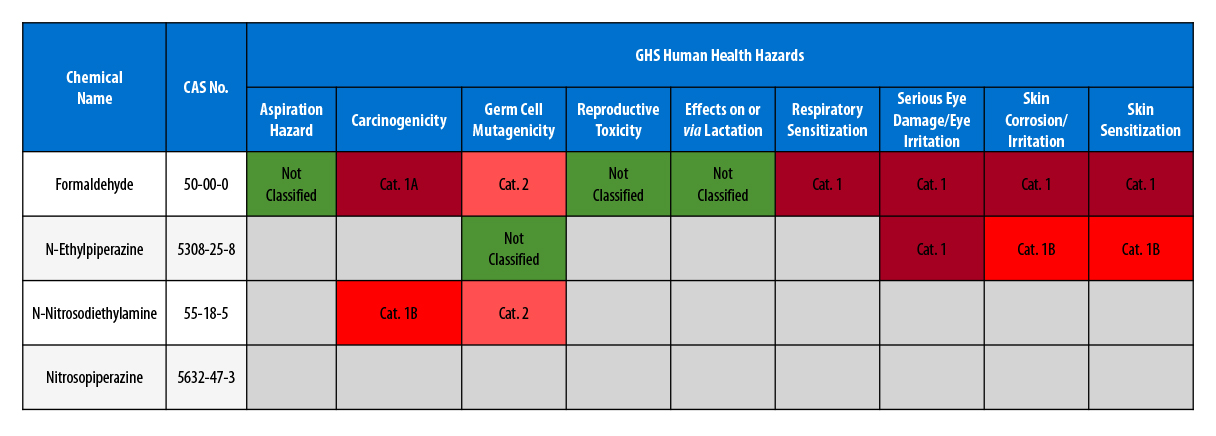Fall 2024
In order for carbon dioxide capture technology to play a key role in the fight against climate change, there is a need for further research and assessment to fully understand and effectively manage potential human health and environmental risk concerns.
Carbon dioxide (CO2) capture and storage is an existing technology positioned to play a critical role in our efforts to combat climate change from CO2 emissions produced by combusting fossil fuels. Instead of being released into the atmosphere, CO2 is first “captured” from industrial emissions using chemical processes, and then compressed, transported by pipeline, and injected deep underground in geological formations where it is permanently stored.
Although CO2 capture has been used commercially on a large scale for over 70 years, especially for natural gas processing, post-combustion CO2 capture (PCC) has few commercial deployments so far; however, PCC is expected to increase as industries start to decarbonize. Due to the limited number of PCC facilities operating today on a commercial scale, emissions and waste streams from PCC facilities in commercial environments are poorly characterized. To better understand the health, safety, and environment (HSE) approach to PCC, Gradient in collaboration with EPRI, undertook a screening assessment of available human health, environmental, and physical hazard information, as well as regulatory information, for chemicals associated with PCC, such as those used in the PCC process, their degradation compounds, and other constituents in PCC waste streams.
Due to the limited number of PCC facilities operating today on a commercial scale, emissions and waste streams from PCC facilities in commercial environments are poorly characterized.”
The first step in our assessment process was to identify the chemical constituents produced during PCC and their associated hazards in a screening-level assessment.1 In total, we identified 76 CO2 capture compounds of interest present in, or expected to be present in, waste streams from PCC using amines via two key 2022 reports: 1) “CO2 Impurities Literature Review – 2022 Update: Contaminants in Post-Combustion CO2 Capture” by EPRI (2022); and 2) “Toxicological Advice on Air Pollutants: Hazard Ranking of Substances for Development of [Environmental Assessment Levels] for Substance Emissions to Air from Carbon Capture Technologies” by the United Kingdom Environment Agency (2022). We designed the screening-level assessment to prioritize potential hazardous compounds for further research and to identify key data gaps for these CO2 capture compounds.
In our assessment, we documented key information on human health, environmental, and physical hazards classified by different regulatory programs under the Globally Harmonized System of Classification and Labelling of Chemicals (GHS) and other selected regulatory determinations and limits (see Table 1). Since many of the compounds identified had not been assessed yet by a regulatory agency, we used several different toxicity prediction tools to estimate potential noncarcinogenic systemic toxicity, mutagenicity, and nongenotoxic carcinogenicity. Additionally, we assessed endocrine disruption, a hazard endpoint that is of growing interest to regulatory agencies, by querying several publicly available databases (e.g., the United States Environmental Protection Agency [US EPA] Toxicity Forecaster [ToxCast™]).

We compiled information for the CO2 capture compounds of interest in a “heat map” using a color scheme to highlight the compounds with high, intermediate, or low human health and/or environmental risk potential (see Table 2 for an example of the heat map). Of the 76 compounds of interest, we classified 33 compounds, including select amines, nitrosamines, metals, amides, and aldehydes, as potential carcinogens, mutagens, reproductive toxicants, and/or toxicants following repeated exposure. Prioritization in human health risk evaluations was recommended for these compounds. Thirteen CO2 capture compounds have information indicating that they have low potential for human health risk (i.e., “not classified”); thus, these compounds are unlikely to be risk drivers unless exposures are very large. Our heat map approach also identified 12 compounds as having high chronic and/or acute aquatic toxicity, and 27 compounds of interest that did not have adequate information to determine risk potential.

Understanding and managing the potential risk of CO2 capture will be key to the growth and acceptance of this technology. The results of this screening assessment can be used to plan for research to support human health and ecological risk assessments. Next steps could include conducting more detailed human health and environmental assessments for potential high-risk compounds, as well as identifying more information for chemicals that lacked data from the sources used in this screening assessment. Finally, to fully understand potential risk at a specific site, it will be important to define the likely pathway and exposure concentrations for workers and the public for the compounds in PCC waste streams, which was not part of our screening assessment.
The authors can be reached at Ari.Lewis@gradientcorp.com and Tatiana.Manidis@gradientcorp.com.
1 This work was published as: “Human Heath, Environmental, Physicochemical, and Regulatory Information for Selected Amine Solvents, Degradation Products, and Impurities Associated with Post-Combustion CO2 Capture: Technical Update.” EPRI, Palo Alto, CA 2023. 3002028420.
Electric Power Research Institute (EPRI) (Palo Alto, CA). 2022. “CO2 Impurities Literature Review – 2022 Update: Contaminants in Post-Combustion CO2 Capture.” 3002024319. 176p.
United Kingdom, Environment Agency; Bull, S; Wilding, J. November 2022. “Toxicological Advice on Air Pollutants: Hazard Ranking of Substances for Development of EALs for Substance Emissions to Air from Carbon Capture Technologies.” 29p.